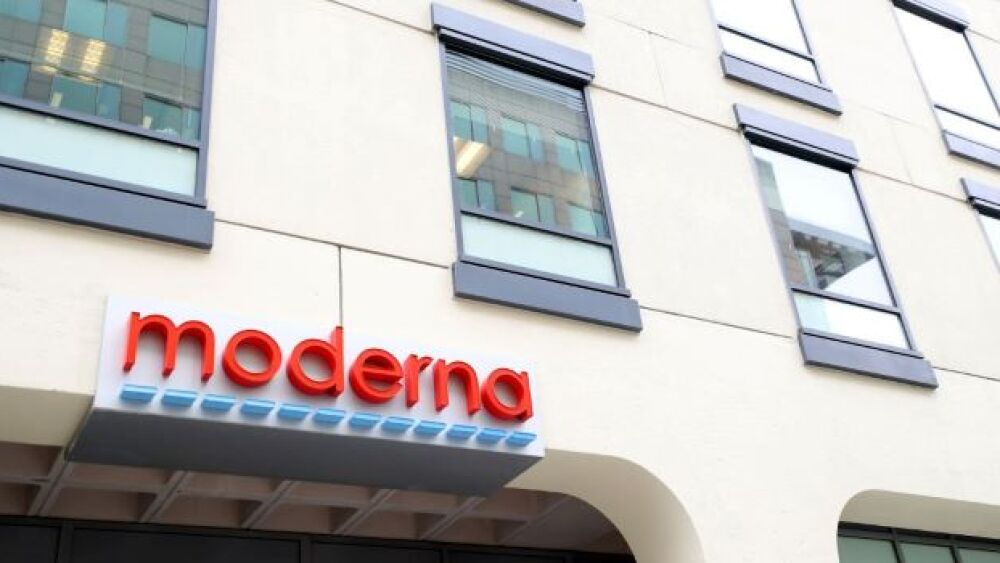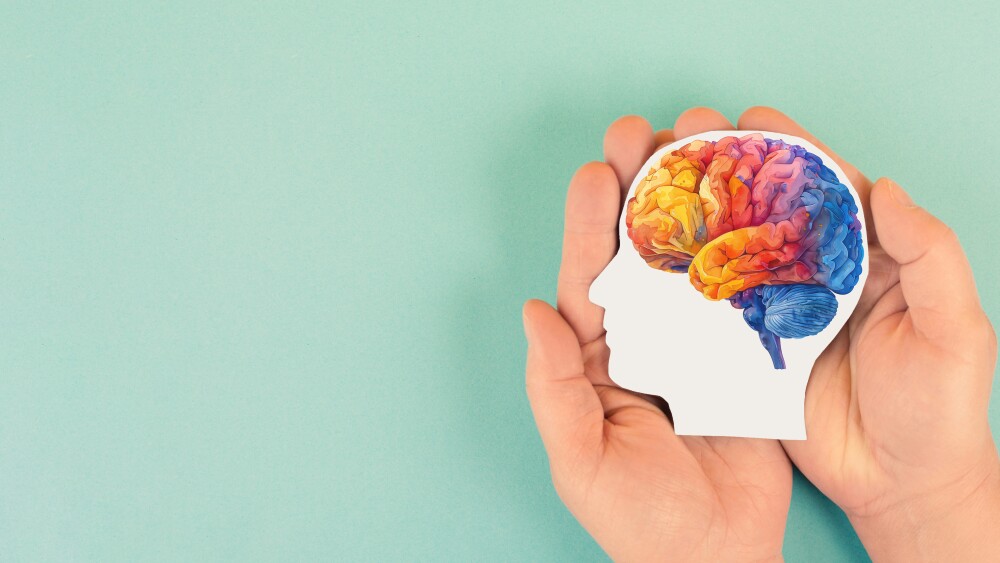Public Citizen urged NIH director Dr. Francis Collins to clarify the NIH’s role in Moderna’s vaccine publicly and explain what he plans to ensure that federal scientists are credited for their work.
Maddie Meyer/Getty Images
A consumer rights advocacy group is crying foul over Moderna’s omission of government scientists in some credits for its COVID-19 vaccine patent application.
Moderna and scientists from the National Institutes of Health (NIH) had worked together to develop the company’s mRNA vaccine against SARS-CoV-2.
In a letter addressed to NIH director Dr. Francis Collins on November 2, the advocacy group Public Citizen urged the official to clarify the NIH’s role in Moderna’s vaccine publicly and explain what he plans to do next to ensure that federal scientists are appropriately credited for their work.
“New evidence has emerged showing that Moderna did not name NIH scientists as co-inventors in three patent applications covering the composition of the spike protein sequence encoded by mRNA-1273. Federal scientists are only acknowledged as co-inventors for one patent application covering a method of use for mRNA-1273. Because co-inventorship creates a presumption of co-ownership, this series of exclusions could have important public health consequences,” wrote Peter Maybarduk, director of Public Citizen’s Access of Medicines Program, in the letter.
The group also called on the NIH to reveal plans for any “legal remedies” to address the matter, including publishing all research agreements with Moderna. They expressed concern over Moderna’s move knowing that NIH partners had a significant contribution to their product as it might not be “consistent with the terms or the spirit of the contractual arrangement between NIH and Moderna.”
Patent law experts say co-ownership could potentially empower the federal government to authorize the use of some of the vaccine patents worldwide without having to seek Moderna’s permission, which is significant given the huge gaps in vaccine access in many parts of the world. It could also enhance the public’s view of the government’s role in vaccine creation.
However, it was revealed that Moderna had denied the NIH’s request to include the names of its scientists as co-inventors of U.S. Application No. 17/000,215. The company also claimed that the NIH had no hand in the development of the mRNAs and mRNA compositions mentioned in the application.
Moderna acknowledged their participation but claimed it was limited, saying Moderna finalized the sequence in collaboration with the NIH, which had a separate team that independently designed their own drug. The company said the two teams only “compared notes” after their respective evaluations.
“We are skeptical of this characterization... Moderna knew that its NIH partners worked on the same problem and had reached the same conclusion. The need for the U.S. government to assert more control over this technology, including through the Defense Production Act, only grows more urgent,” added the letter.
Dr. Barney Graham, a former top official at the NIH who was directly involved in the vaccine’s creation, said they communicated with Moderna’s CEO on January 7, who had reportedly told them they would only start manufacturing as soon as the scientists would send the sequence. Academic biography notes by Dr. Kizzmekia Corbett also allegedly show an earlier collaboration between the NIH and Moderna to create MERS vaccines, which they have been working on for years.
Moderna has yet to issue an official statement on the issue as of this writing.
Featured Jobs on BioSpace





